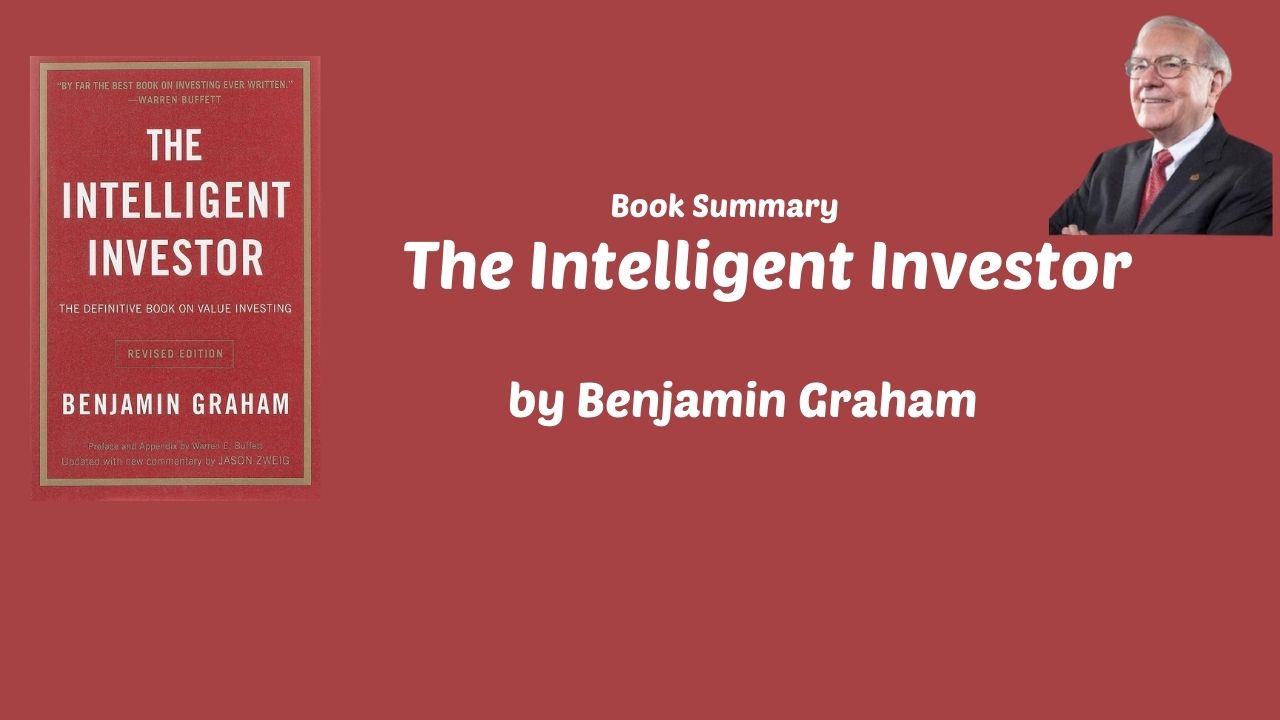
The Intelligent Investor #
Published in 1949, “The Intelligent Investor” is a classic investment guide written by Benjamin Graham, considered one of the founders of value investing. The book has been widely influential and remains a cornerstone of investment education.
Book Overview:
“The Intelligent Investor” consists of 15 chapters that explore:
- The Fundamentals: Chapter 1 sets the stage for the book, emphasizing the importance of understanding the fundamentals of business and economics.
- The Way to Make Money: Chapter 3 discusses Graham’s approach to investing, which focuses on buying undervalued stocks at a discount to their intrinsic value.
- The Importance of Margin of Safety: Chapter 4 explains the concept of margin of safety, which is essential for managing risk and maximizing returns.
- The Five Basic Principles: Chapters 5-9 outline Graham’s five basic principles for investing: * Be cautious in stock selection * Don’t try to time the market * Invest for long-term growth * Avoid speculation and momentum trading * Diversify your portfolio
- Risk and Diversification: Chapter 10 discusses the importance of understanding risk and diversifying your portfolio.
- The Power of Compounding: Chapter 11 highlights the power of compounding returns over time.
- Avoiding Emotional Decision-Making: Chapter 12 cautions against making investment decisions based on emotions rather than fundamentals.
- The Role of the Investor in a Changing World: Chapter 13 addresses the challenges of investing in a rapidly changing world.
- Common Investment Mistakes: Chapter 14 identifies common mistakes made by investors and offers guidance on how to avoid them.
- Investing for Income: Chapter 15 concludes with advice on investing for income rather than growth.
Key Concepts:
- Mr. Market: Graham introduces the concept of “Mr. Market,” a metaphor for the stock market that is prone to irrational behavior and offers investors opportunities to buy undervalued stocks at a discount.
- Intrinsic Value: The book emphasizes the importance of estimating intrinsic value, which is the true worth of a business based on its underlying fundamentals.
- Margin of Safety: Graham stresses the need for a margin of safety, which involves buying stocks at a price significantly lower than their intrinsic value to account for market volatility and risk.
Key Ideas:
- Value Investing: The book promotes value investing as a disciplined approach to identifying undervalued stocks with strong fundamentals.
- Long-Term Focus: Graham advocates for a long-term focus, arguing that patience and discipline are essential for achieving investment success.
- Risk Management: The book emphasizes the importance of risk management, including diversification and limiting exposure to specific industries or sectors.
Influence and Legacy:
“The Intelligent Investor” has had a profound impact on investment education, influencing:
- Value Investing: Graham’s approach to value investing has been widely adopted by investors and fund managers.
- Business Valuation: The book’s emphasis on intrinsic value has shaped business valuation practices.
- Investment Management: Graham’s ideas have influenced the development of investment management strategies and portfolio construction.
Criticisms and Controversies:
- Overemphasis on Individual Investor: Some critics argue that the book places too much emphasis on individual investors, rather than acknowledging the importance of professional managers and institutional investors.
- Investment Timing: Graham’s approach to investing can be inflexible, making it difficult for individuals to adjust their investment strategies in response to changing market conditions.
Conclusion:
“The Intelligent Investor” is a timeless guide to value investing that remains relevant today. While it has faced criticisms and controversies, the book’s core principles of long-term focus, risk management, and discipline have stood the test of time.


Comments: